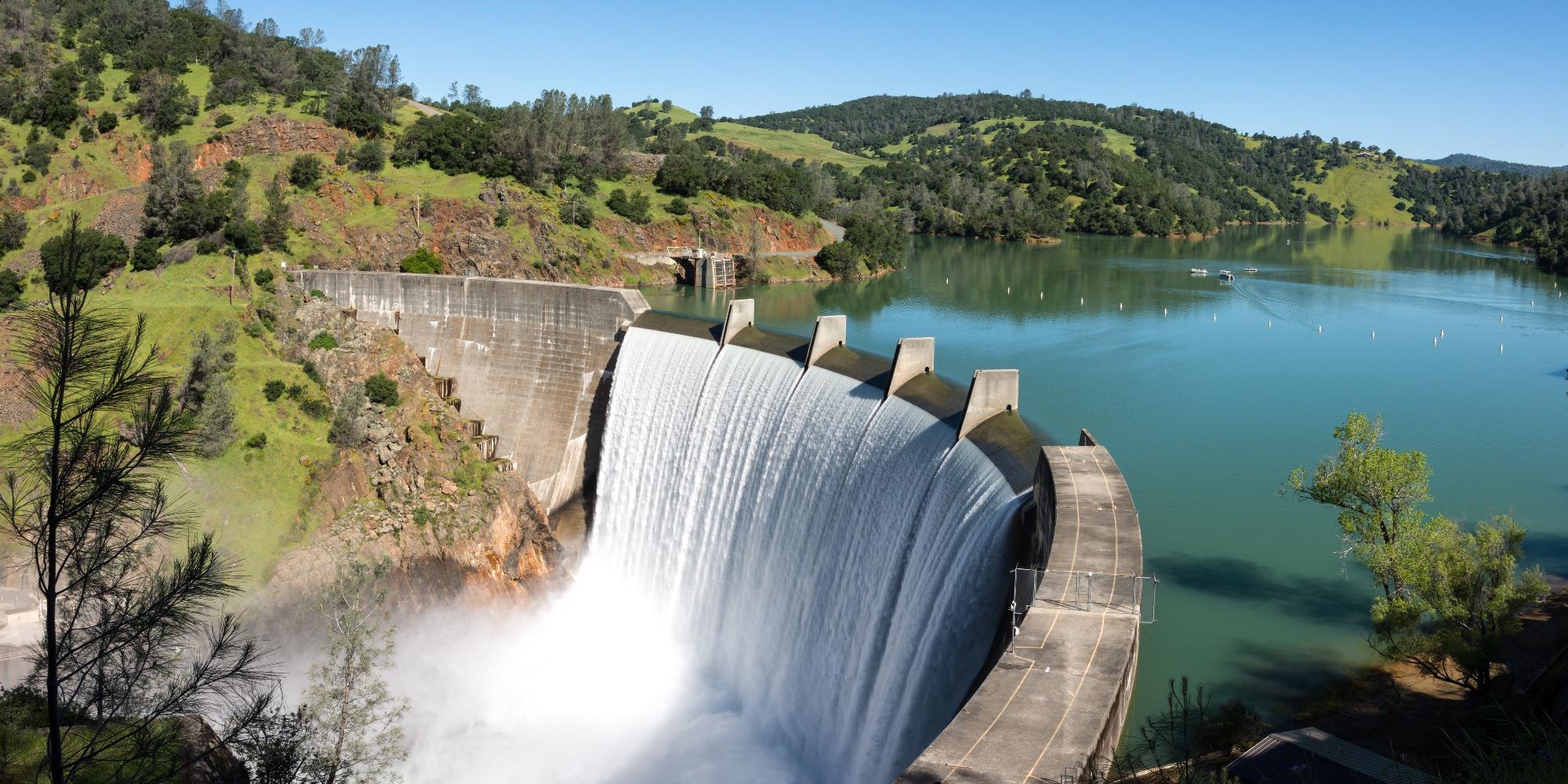Hydropower holds exceptional potential as a source of clean electricity. Researchers from the International Institute for Applied Systems Analysis (IIASA) investigated the role of the Indus basin as a support for global sustainable development and its ability to fulfill energy demands across Africa, Asia, Europe and the Middle East.

Image Credit: Shutterstock.com/ Gary Saxe
The International Research Agency (IEA) reports that the growth of hydropower plants across the globe could slow down in this decade. This poses a risk for countries aiming to attain net-zero emission status while assuring dependable and affordable energy supply to their citizens. However, plans are in place for constructing thousands of dams in the next decade.
Newly built hydropower dams across the world can potentially increase hydroelectricity generation from 1200 gigawatt (GW) to 1700 GW. Most of these dams are being constructed in emerging economies like Pakistan, Ethiopia and countries in the Balkan region.
Hydropower is crucial in attaining net-zero goals as it is capable of storing energy in addition to generating clean energy.
The Indus basin, which stretches across parts of China, India, Pakistan and Afghanistan, is regarded to have high hydropower potential as it is located at a high altitude along with the availability of high volumes of water.
According to the State of Industry Report from Pakistan, all of the country’s hydropower is obtained from the Indus basin, while more potential of the region is yet to be tapped. A study into a medium-sized hydropower project exposed that the Indus basin possesses the largest and cheapest seasonal energy storage potential.
Researchers from IIASA investigated the prospects of hydropower potential in the Indus region in a study published in the Journal of Energy Storage.
The researchers concentrated more on the cost and benefits of hydropower, storage of water and long-term and short-term energy storage in the Indus Basin. In addition to the potential and expense of conventional hydropower dams, the researchers also considered the seasonal pumped hydropower storage.
While the conventional dams are constructed on the course of a river, seasonal pumped hydropower storage plants are built away to act as an artificial reservoir, at a higher altitude with an integrated power or pumping station. It can either produce hydroelectric power or fill up the reservoir.
The researchers observe that the main challenge in Indus hydropower is its larger water management problems. These issues arise from the growing population and the corresponding rapid urbanization, environmental degradation, industrialization, outdated irrigation system and lack of water storage infrastructure.
The seasonal behavior of the Indus region is also a concerning factor. The Indus river experiences droughts in the winter and monsoon periods, and melting snow and ice masses from the mountains in the summer. This significantly increases the river flow with chances of flooding. Climate change-induced land changes and low groundwater levels worsen the flooding phenomena and water scarcity.
Different models were employed to collect information, after estimating the power potential and expenditure. The researchers combined the following five essential components: the river network and water flow data, the physical features of the area, project design optimization and infrastructure cost estimation.
Using the models and the analysis, the researchers arrived at the conclusion that the Indus region holds the potential to be the energy storage for Asia similar to that of the Alps for Europe.
We found that the levelized energy storage cost in the Indus region is US $1 per megawatt hour (MWh) for conventional hydropower and $2/MWh for seasonal pumped storage, which is the lowest cost long-term energy storage alternative in the world. Even cheaper than natural gas reinjection in empty gas reservoirs, these low costs can justify the use of seasonal pumped hydropower storage to store energy in a yearly, two-year, or three-year energy cycle.
Julian Hunt, Study Lead-Author, International Institute for Applied Systems Analysis
“The levelized costs of energy storage with batteries is around $100/MWh. This makes hydropower energy storage 100 times cheaper and seasonal pumped hydropower storage 50 times cheaper. For this reason, these are good solutions for long-term energy storage,” added Hunt.
With the industrialization and economic development happening in more countries, energy demands are also set to increase. Thus, it is important to have long-term energy storage using low emission methods such as hydropower, in an era of climate change. The Indus basin can act as a global supply potential.
During the summer when there is high availability of water in the Indus basin, for example, excess solar power in northern hemisphere countries can be used to pump water in seasonal pumped hydropower storage plants in the basin, so that hydropower can be generated during the winter. With an integrated hydrogen and battery economy in the future, the region could serve as the world’s long-term energy storage hub.
Julian Hunt, Study Lead-Author, International Institute for Applied Systems Analysis
Journal Reference:
Hunt, J. D., et al. (2021) Hydropower and seasonal pumped hydropower storage in the Indus basin: pros and cons. Journal of Energy Storage. doi.org/10.1016/j.est.2021.102916.